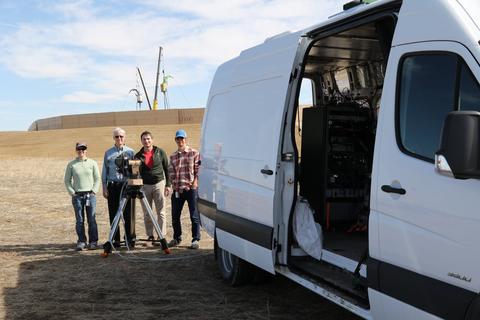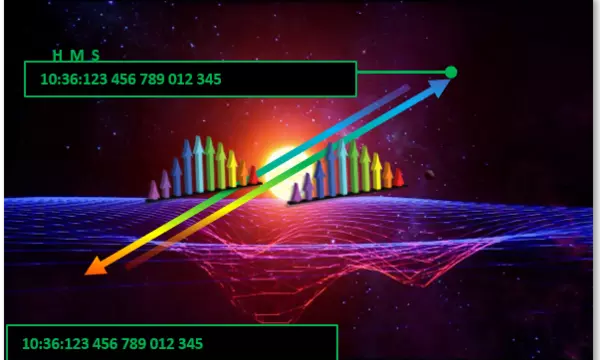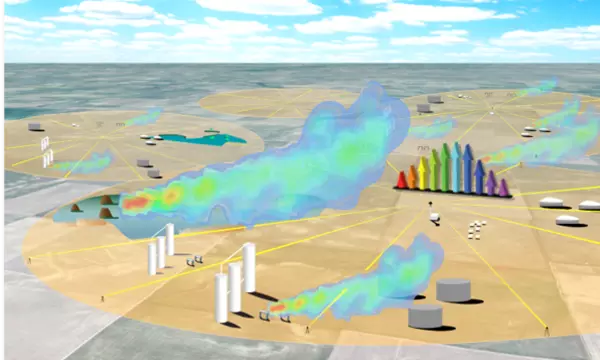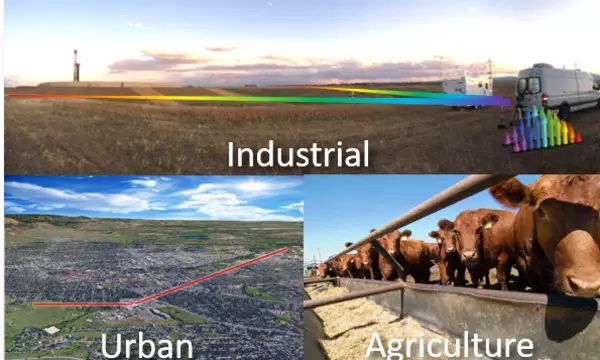Fiber Sources and Applications Group
The primary thrusts for the group are the development and application of fiber-laser frequency combs to optical clocks, frequency transfer, ranging, and precision spectroscopy. Specific recent work includes development of a robust, fieldable frequency comb, synchronization of distant clocks to femtosecond timing, and the application of “dual-comb spectroscopy” to atmospheric gas detection across open paths.

Optical frequency combs are a unique laser source that combine wide spectral coverage with high coherence, enabling high-precision optical measurements. This project aims to advance the technology for a growing array of applications, particularly those extending beyond traditional optical metrology laboratories. By leveraging components developed for optical telecommunications, robust frequency comb designs have been created for high-performance operation in field environments. Demonstrations have shown that pairs of combs can be employed for chemical analysis, while open-path atmospheric sensing techniques have been developed to provide precise and accurate measurements of trace atmospheric gases. New methods for precision optical time transfer have also been introduced, transmitting signals from next-generation optical atomic clocks over long distances to support emerging optical clock networks. Additionally, frequency-comb-based light detection and ranging (LIDAR) has been applied to achieve absolute distance measurements and surface profiling with exceptional precision. Ongoing research continues to identify and explore opportunities where the superior accuracy and precision of frequency combs offer new capabilities in both metrology and sensing.
Press Coverage
News and Updates
Publications
Software
Awards
Patents
Contacts
Group Leader (1st) and Project Leaders
-
(303) 497-5050
-
(303) 497-4889
Staff
-
(303) 497-3789
-
(303) 497-4115
-
(303) 497-4010
-
(303) 497-7381
-
(303) 497-6110














